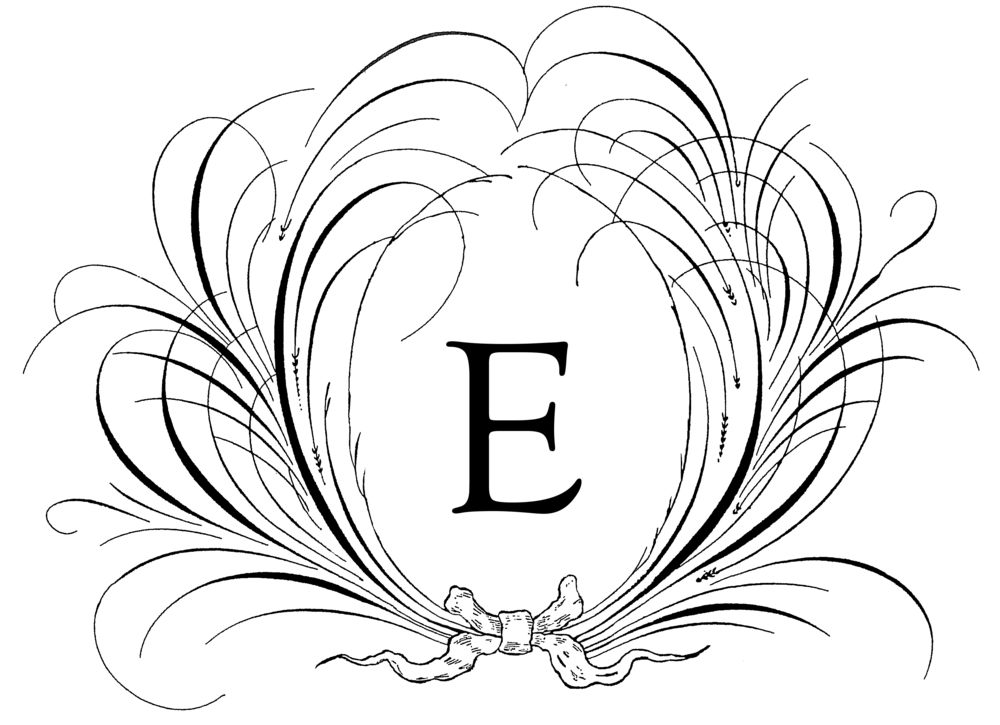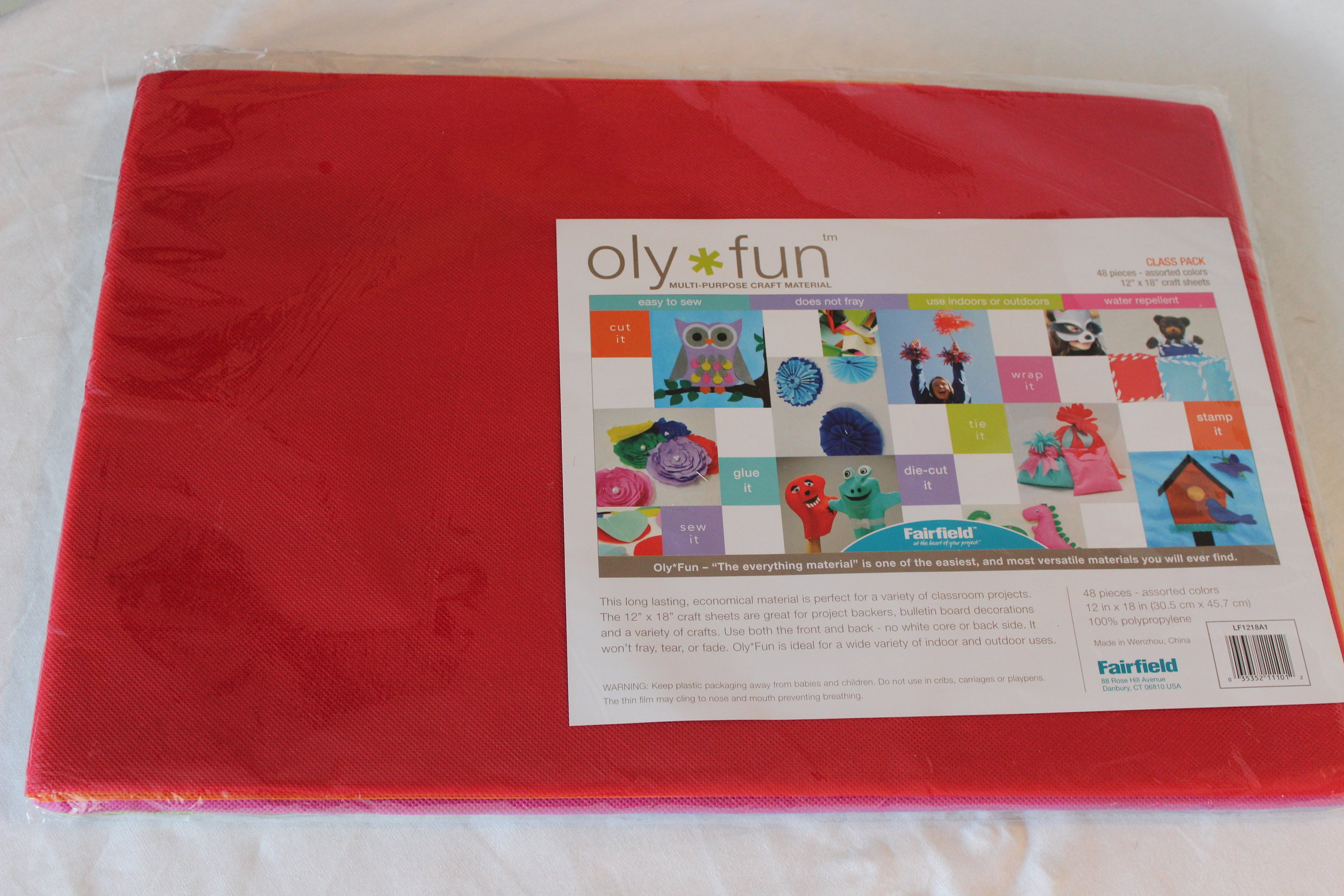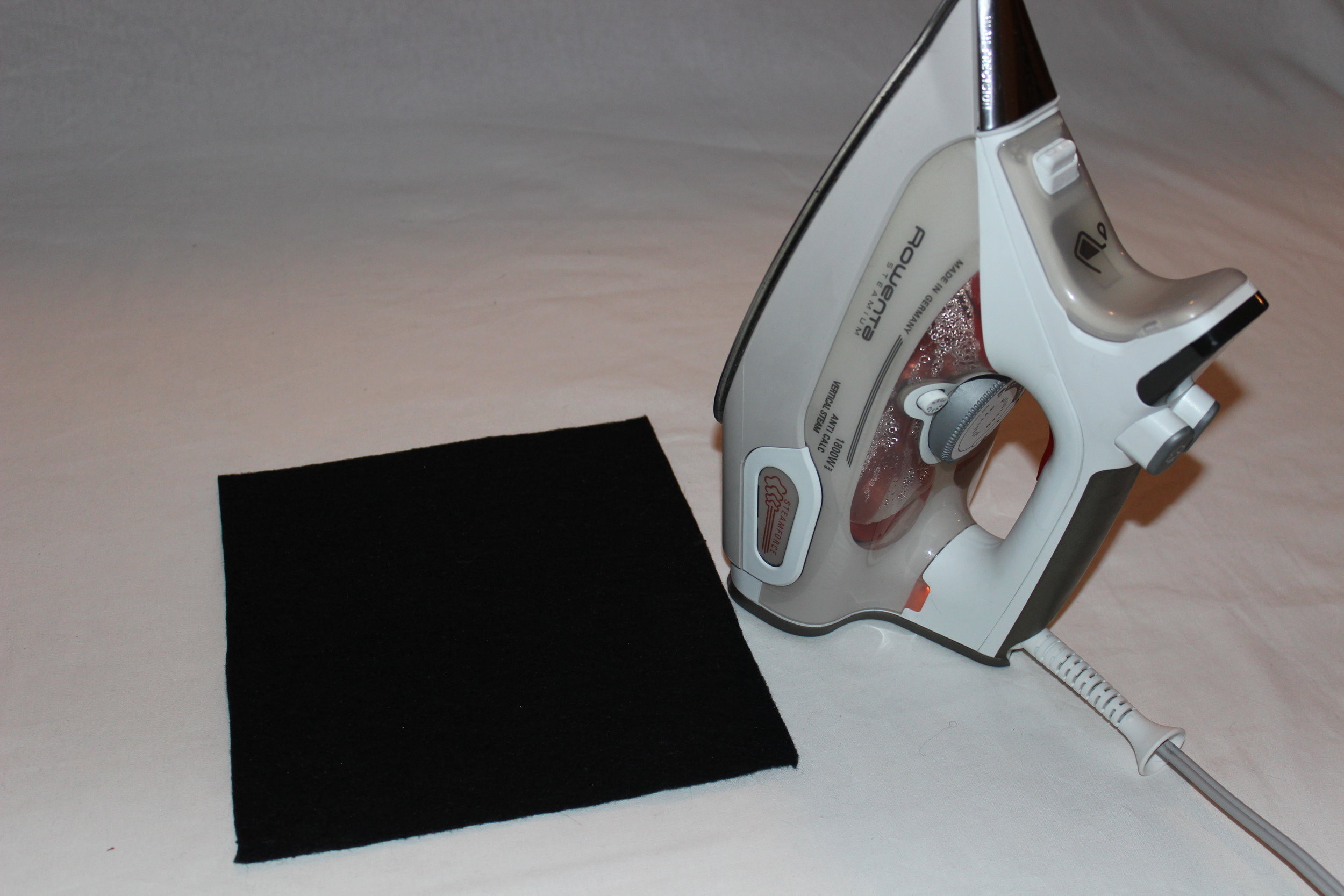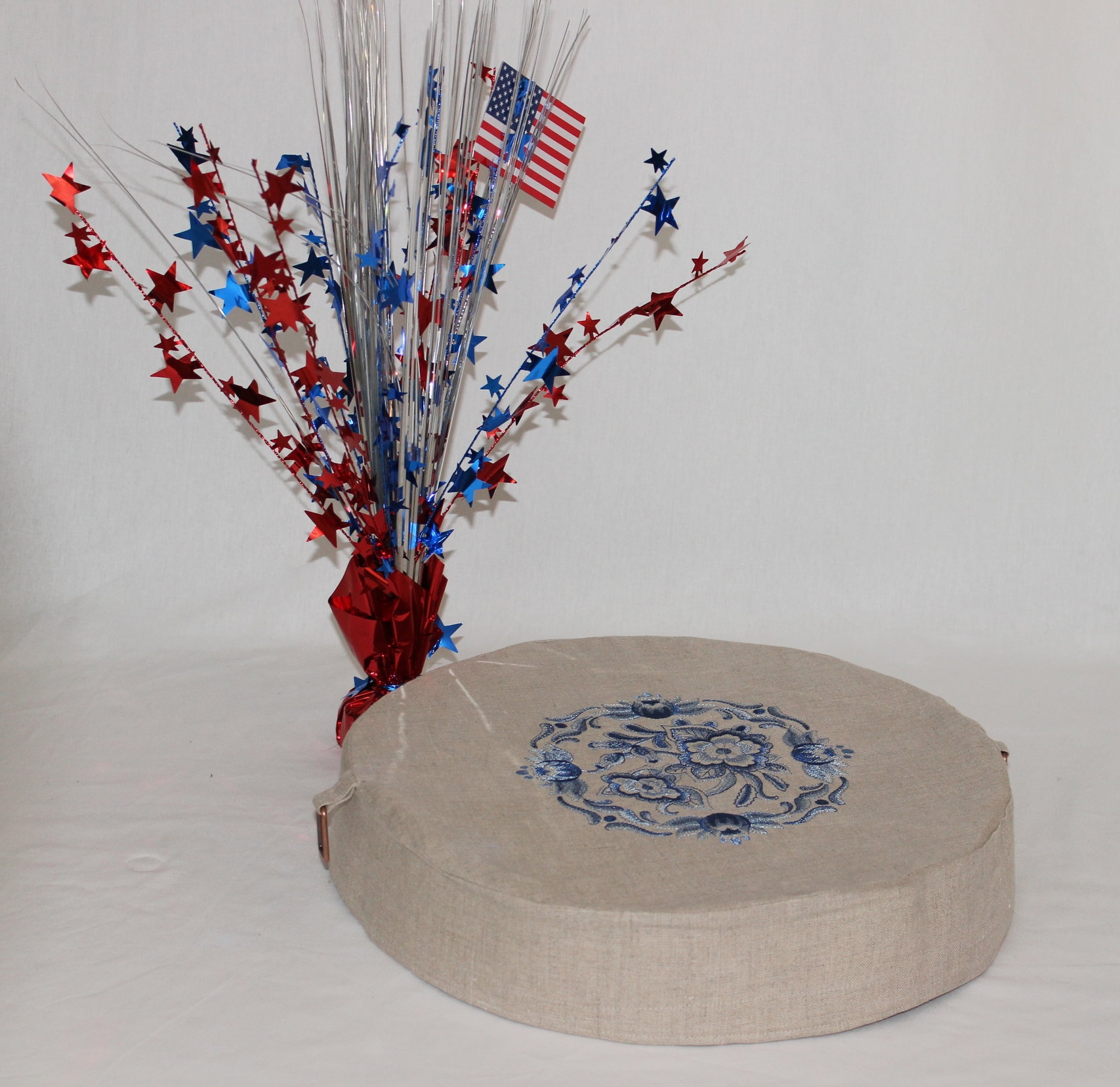OlyFun is a techy fabric that is so cool to work with. It does not fray, has no grain, and is water-repellent. It comes in 18 different colors so it is a perfect match for making in-the-hoop machine embroidered ornaments. I had so much fun playing with it, but I decided to step it up a notch and I did three ornaments as a test using "Support Soft Foam Stabilizer" with the OlyFun.
Machine Embroidery Designs by "Embroidery Library" -Gingerbread Cookies in-the-hoop
Thank you to Fairfield World for supplying the OlyFun, the "Support Soft Foam Stabilizer" used for these ornaments, and the inspiration.
OlyFun is readily available at many of the big chain stores. In my area in the Connecticut shoreline, the best place is Hobby Lobby. There is a whole display at the end of an aisle where the home decorating fabrics are. I have seen the "Support Soft Foam Stabilizer" at Joann's.
OlyFun did not require anything special and it stitched like a dream. Because it does not fray I could use it in the designs that left the edges raw. It is thinner, so I did not need to worry that it would catch in the feed-dogs or in the foot. I wanted to see what the different colors looked like in these gingerbread cookie designs so I tested with green, red, and sand.
The first design was the Christmas tree in green. The project instructions call for leaving it open and stuffing it with a poly-fil then closing it by hand.
I had done many ornaments that way and to be honest, I wanted to see what an ornament looked like that was flat. So here it is...the flat Christmas tree. It turned out pretty well if you ask me. I know that if I am ever in a pinch, I will feel comfortable leaving out the poly-fil.
On to test two - OlyFun with Support Soft Foam Stabilizer" (I'm just going to call it Support herein) in the gingerbread man in sand. Support is a foam stabilizer that I found out about this summer. It takes a bag from looking sewn to looking store-bought. It helps anything keep its shape, which Is why I thought I would use it here. One layer of Support on the back just before the back was tacked down made it a wonderful ornament with depth.
It was so quick and easy that I plan on using this from now on to fill my ornaments. It gave the ornament just the right amount of loft and texture.
Last but not least, I used two pieces of Support in the bell ornament in red. The first piece was added just before I put the red OlyFun on the top. This allowed the design to stitch through both the OlyFun and the Support. The second was at the same place as the one above.
I was not sure if my machine would think it was too thick, but it did not have any problems. The only issue I found was that when I cut away the ornament, the foam could be seen on the edges because the OlyFun was popping up. This could be rectified with trimming it before or after the final stitching.
The testing was so much fun and helped me to venture into new fillings for Christmas ornaments in the future. I think you will be seeing more of that Support in this blog as my overall favorite was the gingerbread man in sand with one layer of Support. It seemed to have all the chemistry for these designs.
They will be cute as a whole set of gingerbread cookies in sand with Support.
Hope you have time to stitch out a few for yourself. Happy Holidays!







































































